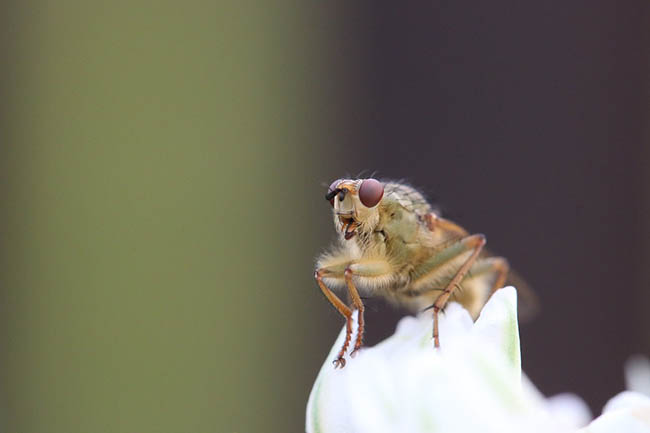What triggers the threshold for sleep? According to new research from UQ’s Queensland Brain Institute, a particular area in the brain has neurons that act like a sleep switch.
QBI’s Associate Professor Bruno van Swinderen said the research, conducted in fruit flies (Drosophila melanogaster), sheds light on the mechanisms underlying sleep. Fruit flies sleep for about the same amount of time each day that humans do - about 7-9 hours, so they are a good model for studing sleep processes.
“We studied a sleep-promoting area in fruit-fly brain, called the dorsal fan-shaped body (DFB),” Associteate Professor van Swinderen said.
“Neurons in this region act as a ‘sleep switch’ – when they’re activated, they promote sleep through electrical as well as chemical pathways in the brain.
“We believe this region has similar sleep-control cells as humans and functions as a sleep homeostat, regulating our balance between wakefulness and sleep.”

Number of 'gap junctions' the key to falling asleep
The researchers, including PhD student Michael Troup, discovered that the DFB regulates sleep through specialised direct connections called gap junctions.
“We’ve found that the gap junctions communicate this blocking signal to the brain, so if you have more or fewer gap junctions, the level required to fall asleep differs between individual flies,” Mr Troup said.
“If there are fewer gap junctions, the threshold required to fall asleep is higher.
“This may explain the underlying physiology of why there are individual differences in ability to fall asleep, and opens up an avenue for similar research to be done in humans in the future.”
The study follows a discovery from the team, published last year in Nature Communications, which found that flies show complex oscillatory brain waves during sleep initiation, similar to humans, mammals, and birds.
Sleep neurons may affect your awareness when awake
The researchers found the sleep-promoting neurons in the DBF also altered behaviour while awake.
“The capacity to fall asleep may be connected to the waking capacity to ignore the world,” A/Prof van Swinderen said.
“When you’re trying to fall asleep, you need to ignore sounds, smells, and your thoughts, and have an even consciousness that isn’t actively paying attention.
“In fruit flies, these neurons release sleep-promoting peptides that are conducive to achieving sleep function and having extended sleep, but they’re also required for acutely blocking responsiveness during transitions from wake to sleep.”
The most recent study is published in eLife and was supported by the National Health and Medical Research Council of Australia, and the National Institutes of Health.



